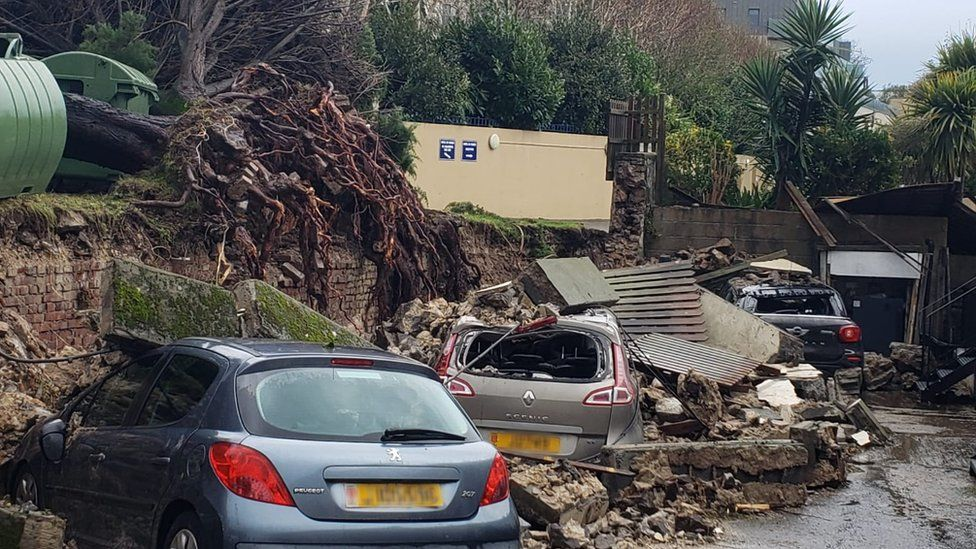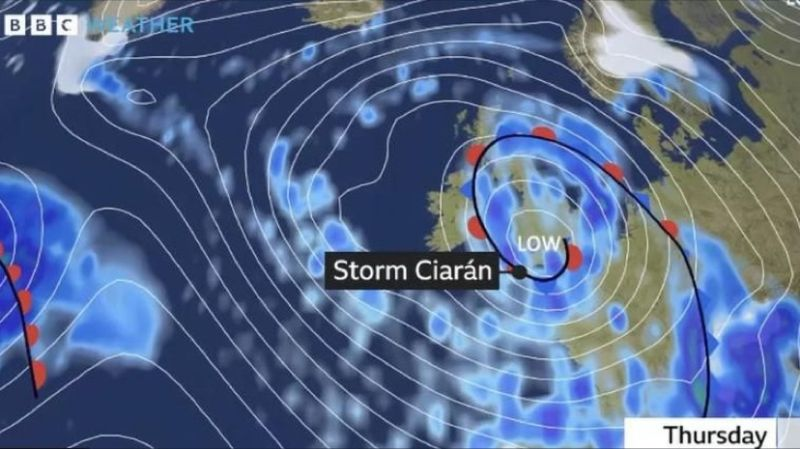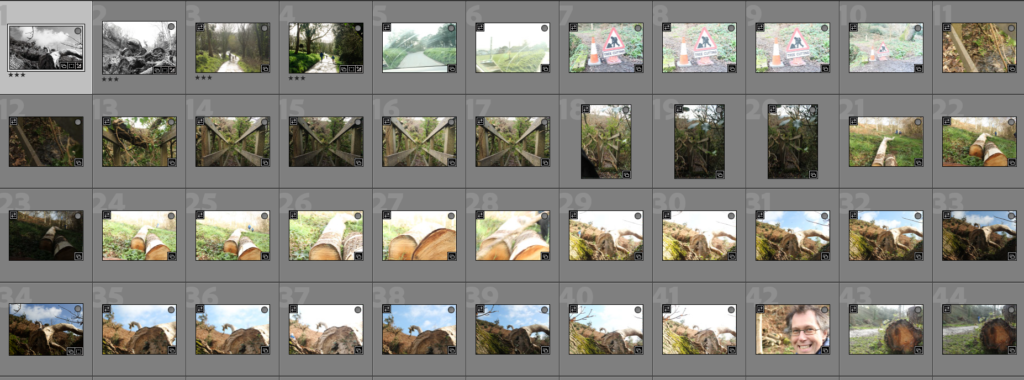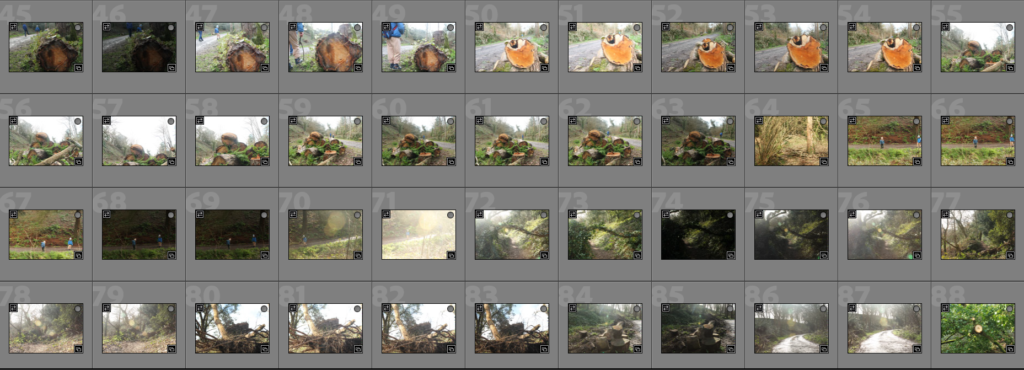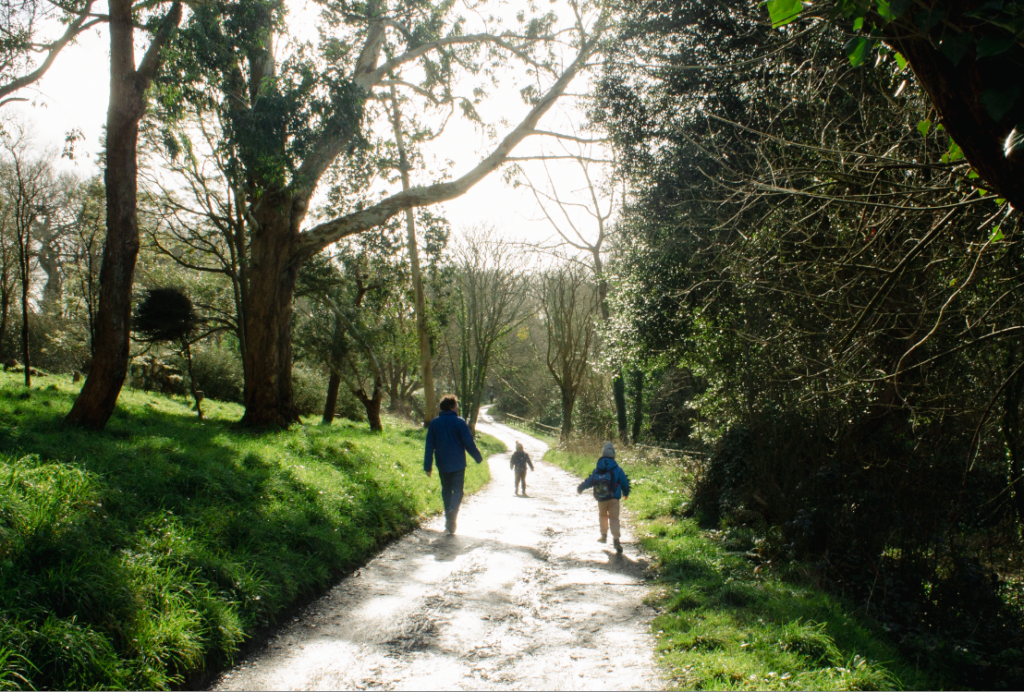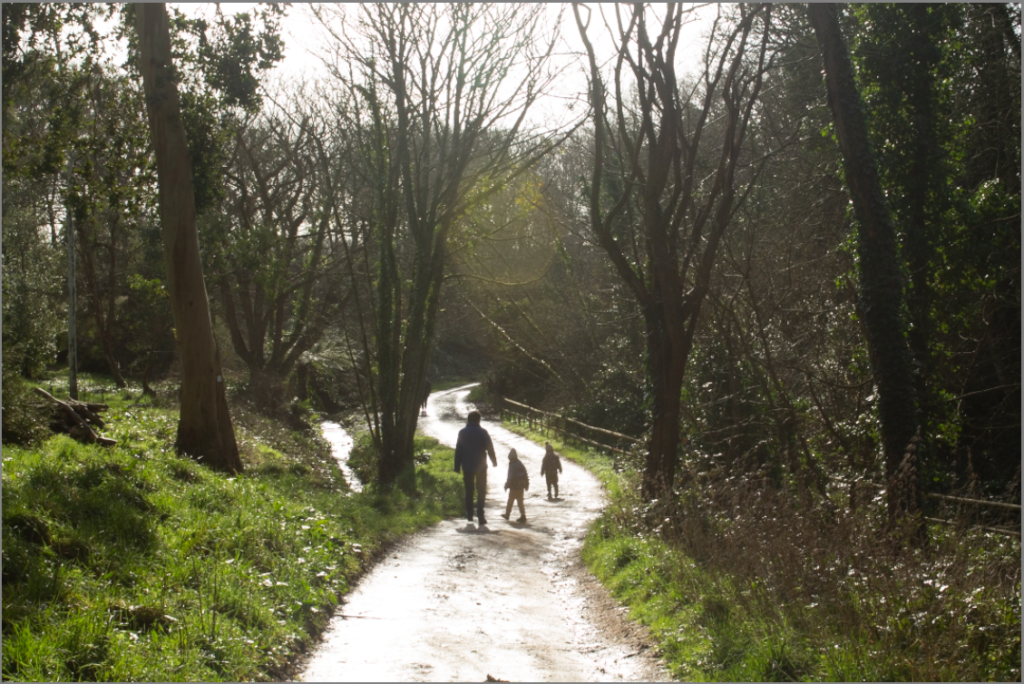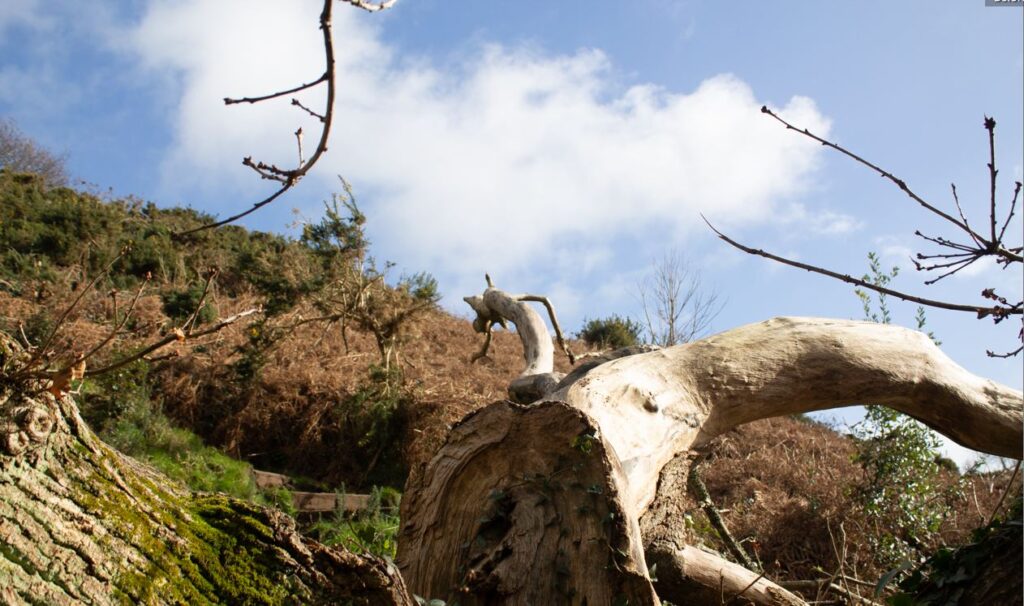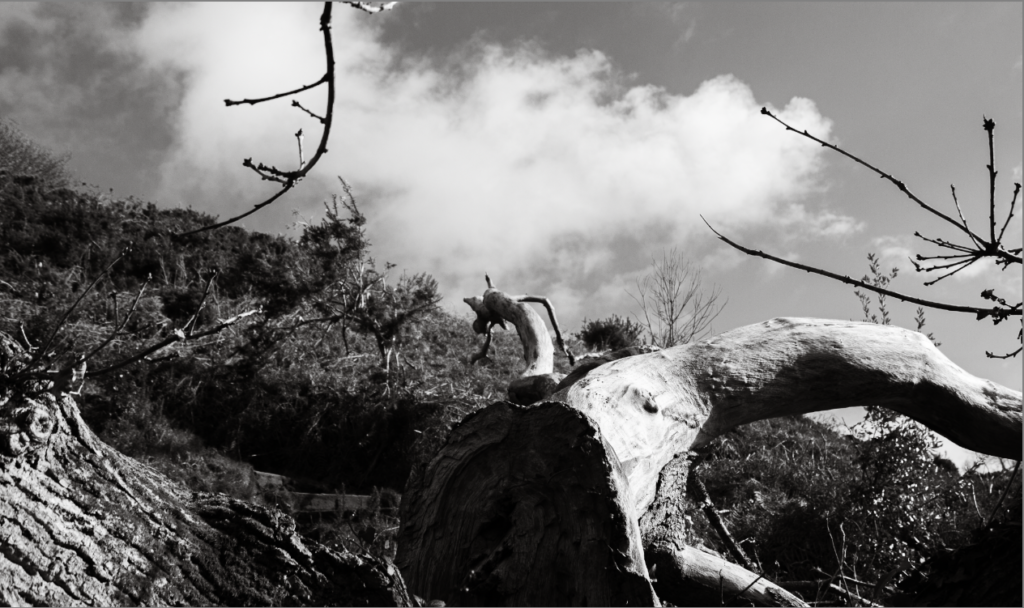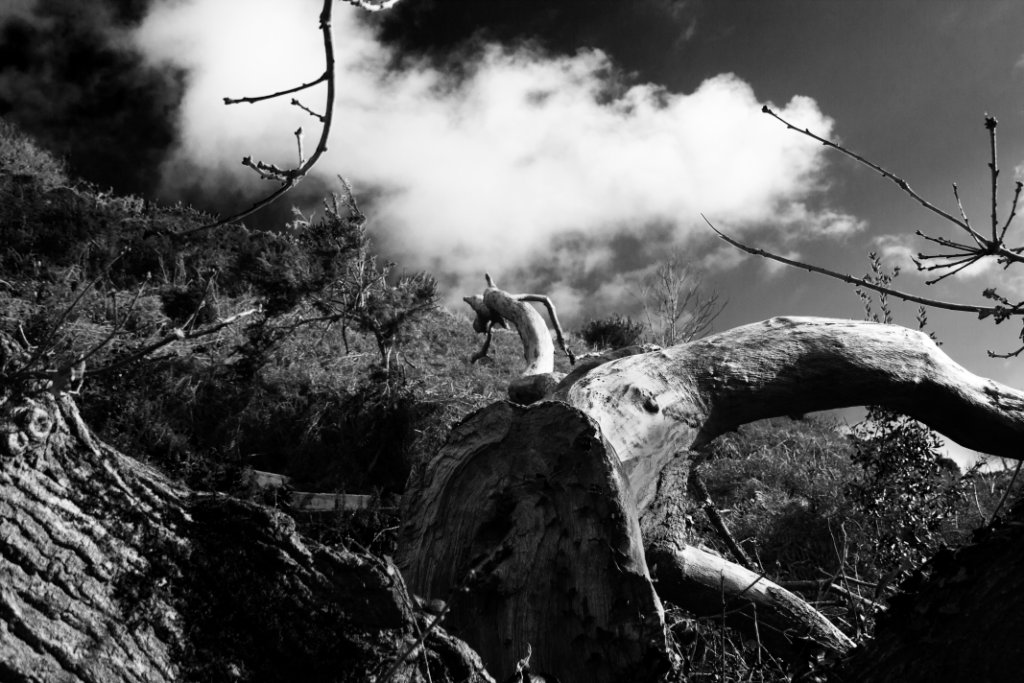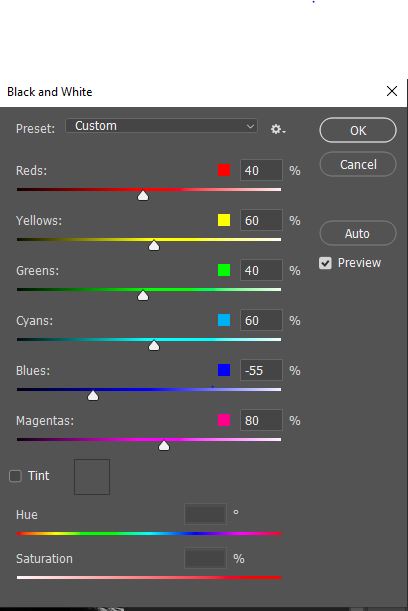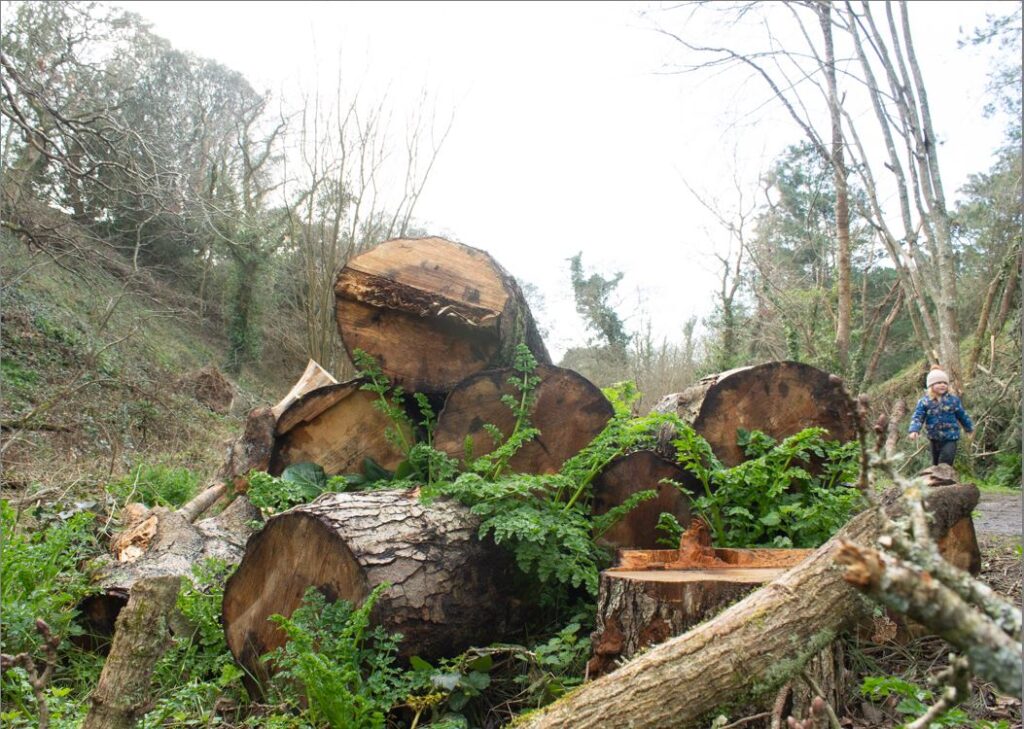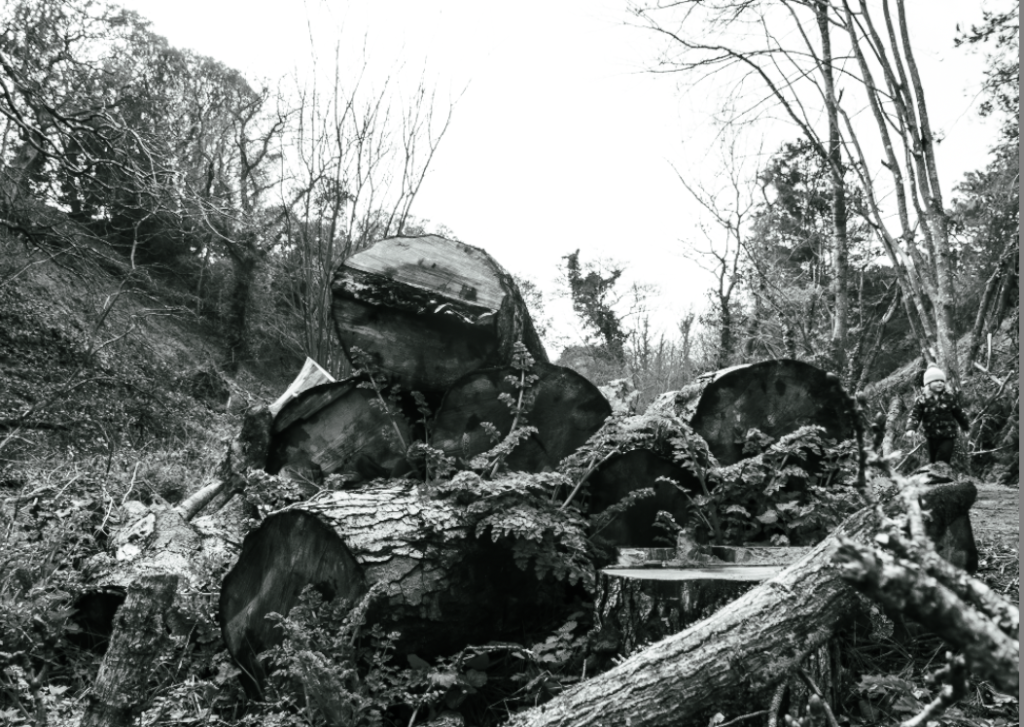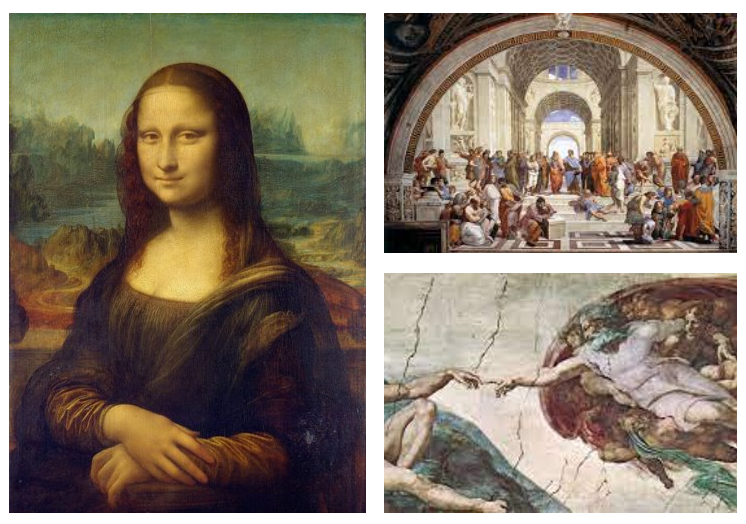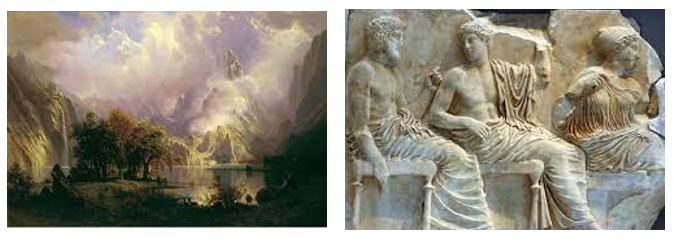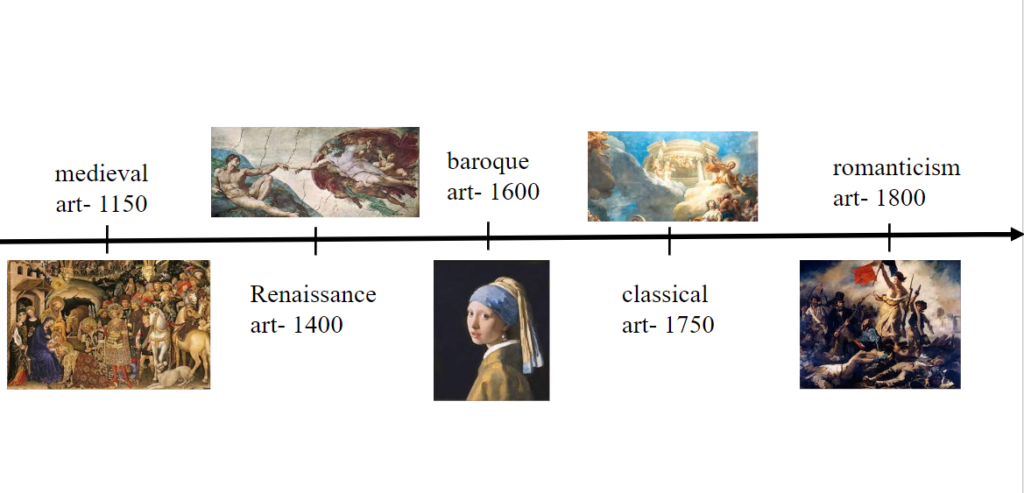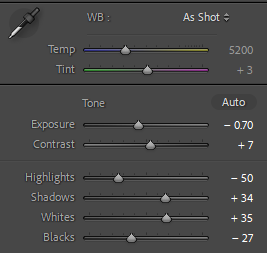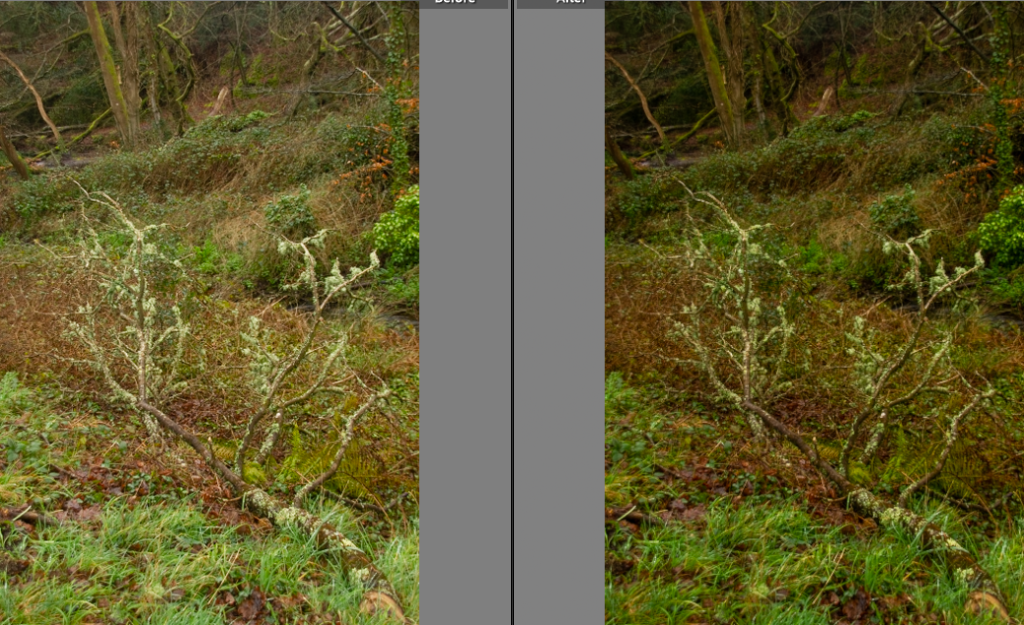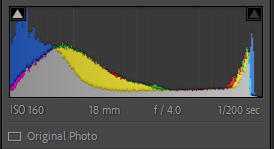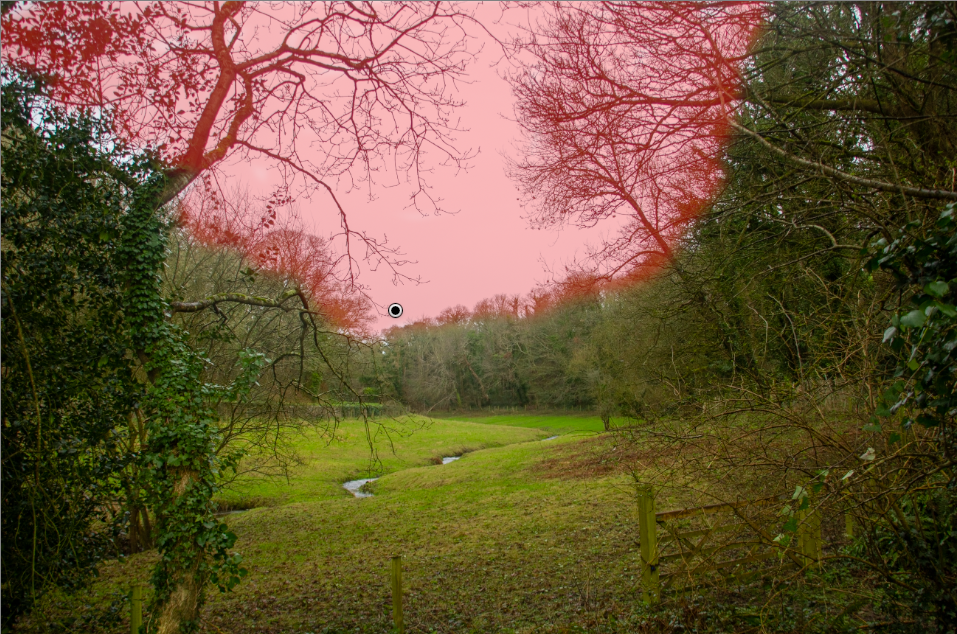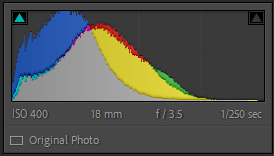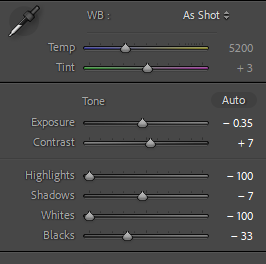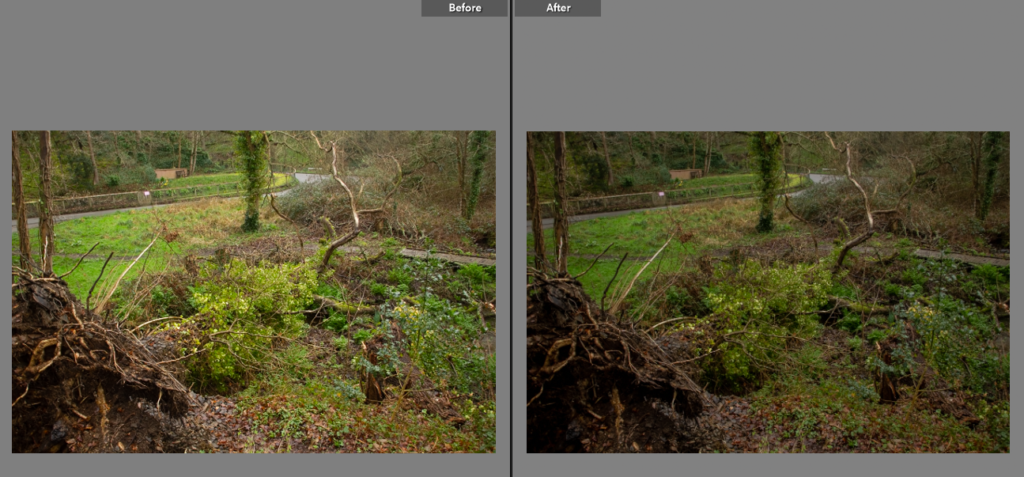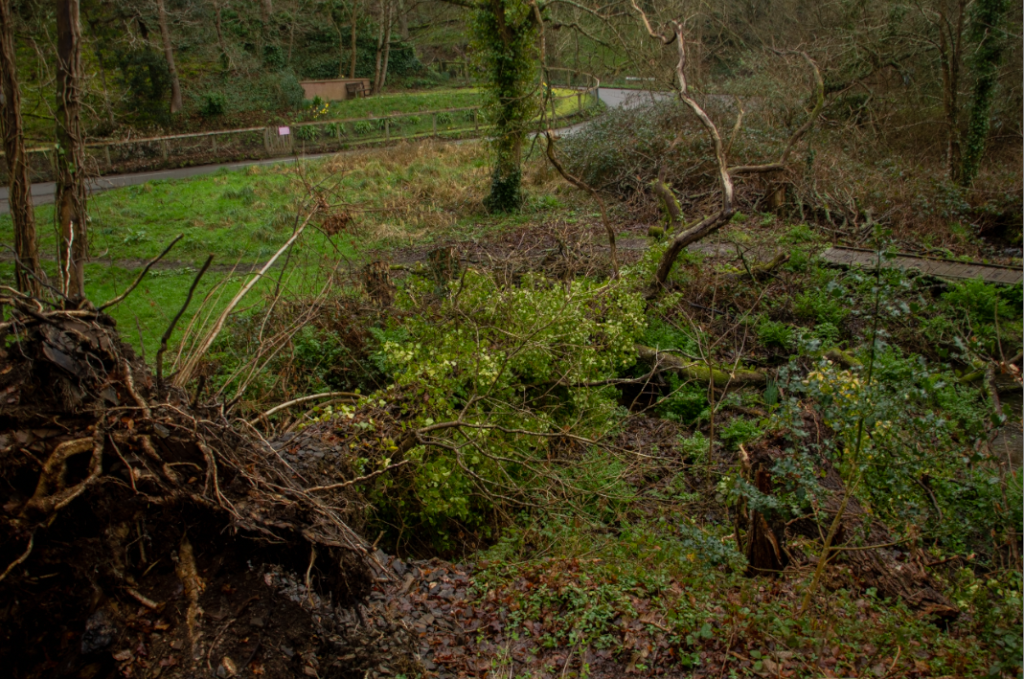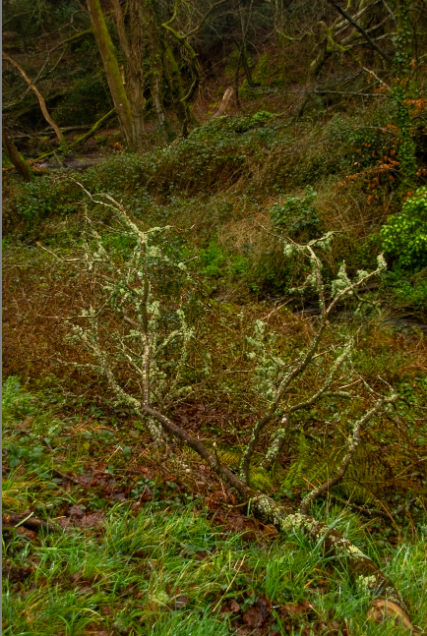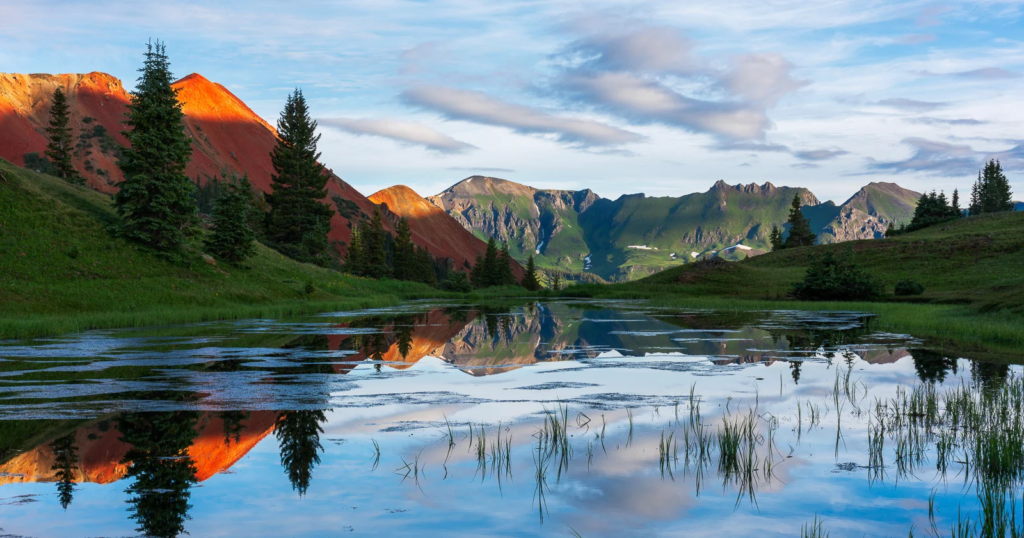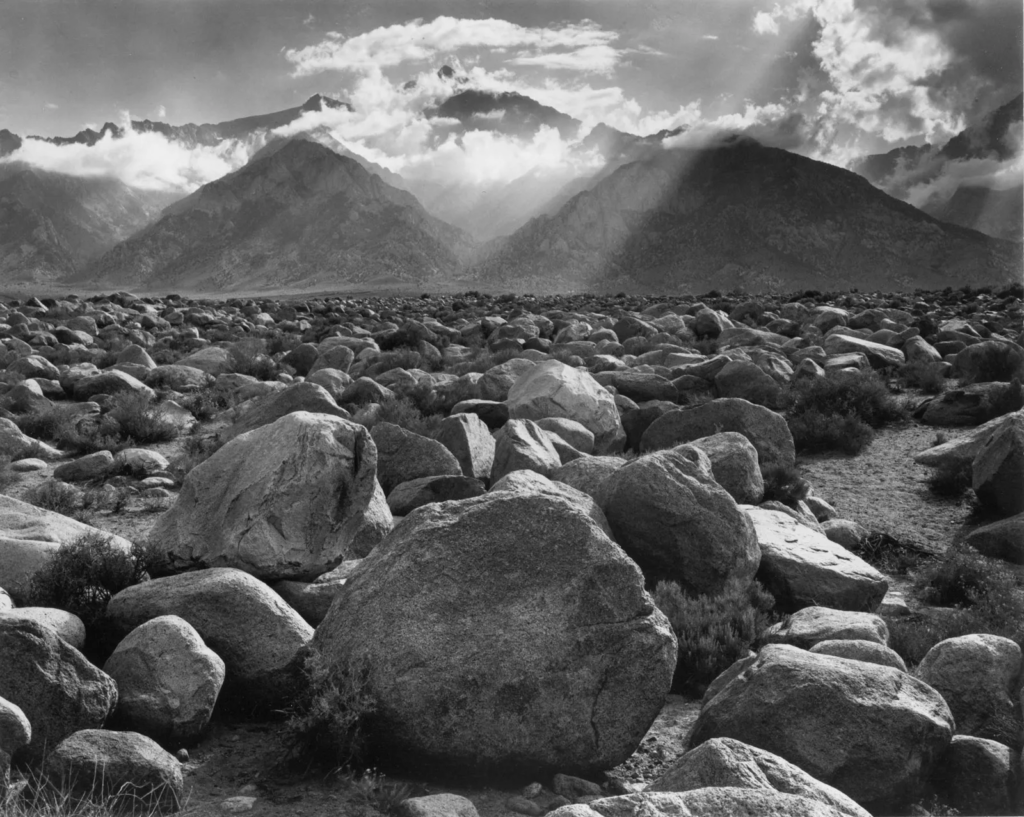What does LANDSCAPE mean…
Originally from the Dutch word “landschap“, the name given to paintings of the countryside, landscape is part of Earth’s surface that can be viewed at one time from one place.

When did Landscape emerge as a genre in western culture?
Although the genre can be traced back to 4th-century-ce China, landscape as an independent genre did not emerge in the Western tradition until the Renaissance in the 16th century. However, paintings from the earliest ancient and Classical periods also included natural scenic elements.
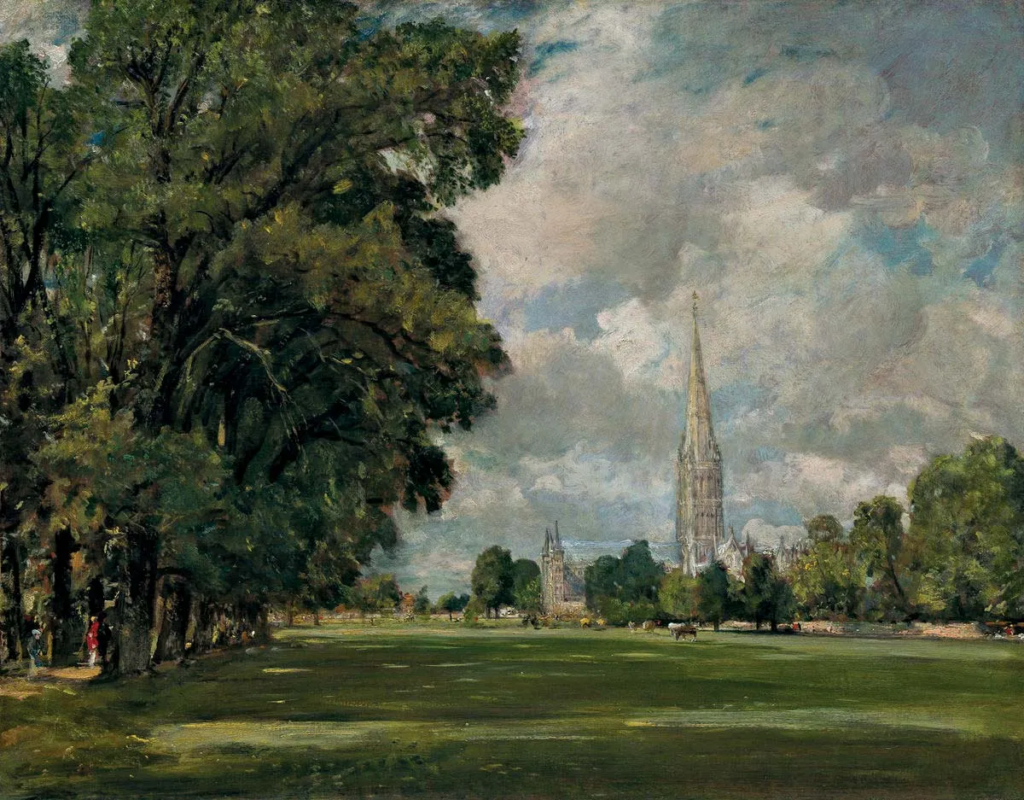
When did classical landscapes emerge as a genre?
In the 17th century the classical landscape was created. These landscapes were influenced by classical antiquity and were created to illustrate an ideal landscape recalling Arcadia, which was a legendary place in ancient Greece and was popularly known for its quiet and peaceful beauty.

What prompted the ride of Landscape Art during the late 18th/19th century?
Landscape painting eventually gained more popularity towards the late 18th century with the rise of Romanticism, it often continued to carry a religious significance. Therefore, it became a useful method of self-expression, where the emotions of the painter were combined with their appreciation of nature which could be demonstrated in the painting.
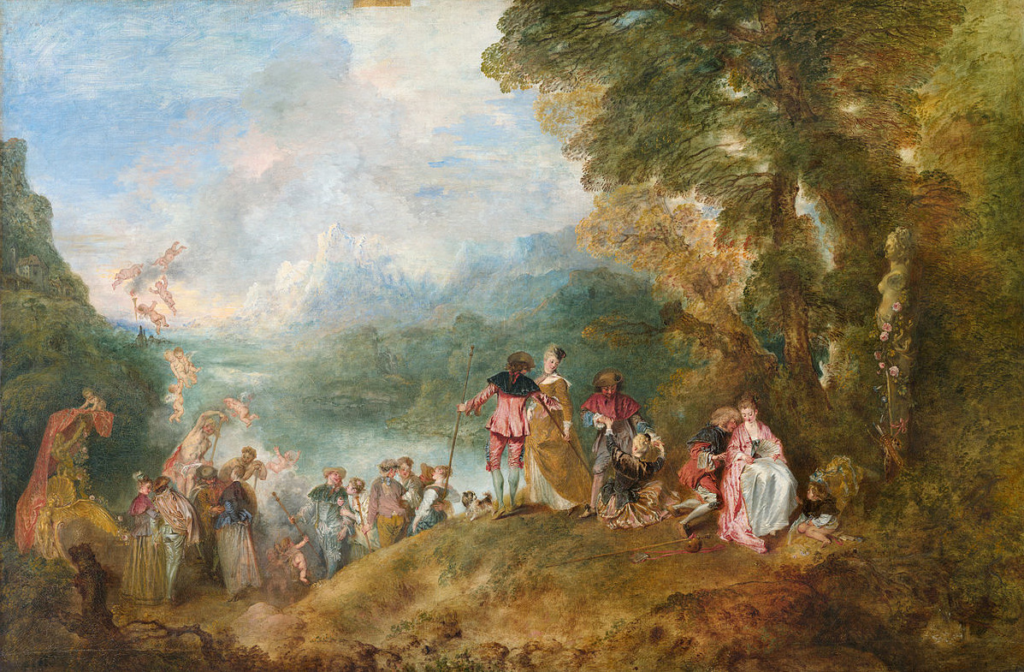
When did landscape photography originate?
1826 and 1827.
According to records, the earliest known evidence of a landscape photograph was taken between the years of 1826 and 1827. It was an urban landscape photo taken by a French inventor by the name of Nicephore Niepce.
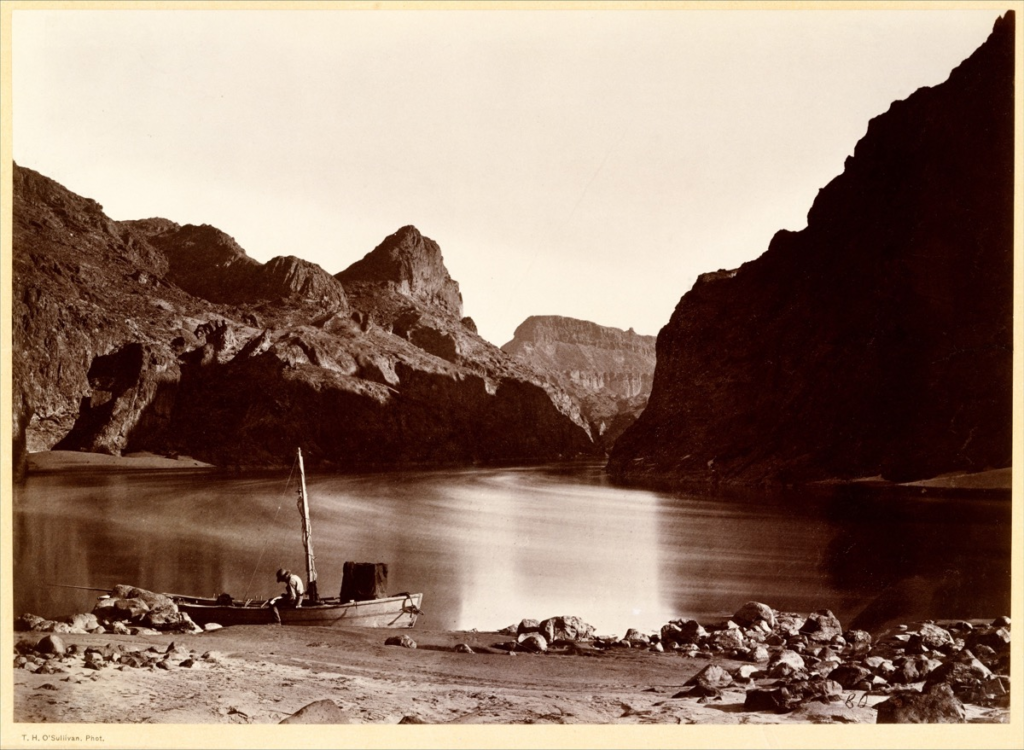
Methods and Techniques of landscape–
Modern Landscape Photography.
Landscape photography used to be predominantly about capturing the sublime and uncharted territory. However, there is decreasing amounts of untouched by human land, however, photography can be use to reflect this. Due to the modernisation of technology, photography and beautiful pictures of absolutely everything, can be accessed within a click of a button. Due to the fact there is around 2.5 trillion photos taken a year, and the average person takes around 20 photos per day, the true meaning, appreciation and dedication to quality photography has been taken away more and more as the technology world broadens.
New Topographics.
The term ‘New Topographic’ was created by William Jenkins in 1975 to describe a group of American photographers:
- Robert Adams
- Lewis Baltz
- Frank Gohlke
- Nicholas Nixon
- Stephen Shore
- And Bernd and Hilla Becher
whose pictures had a similar banal aesthetic, in that they were formal, mostly black and white prints of the urban landscape.
Edward Burtynsky.


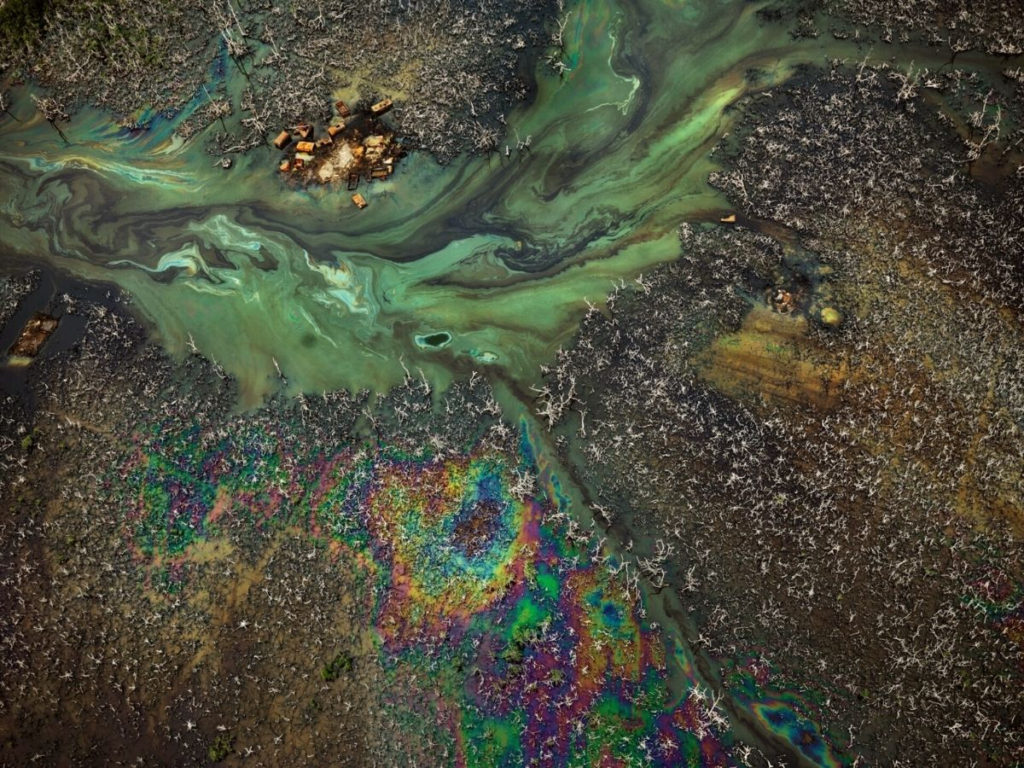


Edward Burtynsky is a Canadian artist and photographer who mainly takes large format photos of industrial landscapes around the world. What I like about Burtynsky’s work is how his images include mostly the breath-taking views that are ‘altered‘ and ‘modernised‘ by factories, humans and industries. Burtynsky has shared that his work is not to portray his subjects in a judgmental way but to instead create multi- purpose images “which reconnect viewers to the aspects of manufacturing and technological production that are usually ignored or at least rarely considered“. Some of his preferred areas to photograph include:
- Mine tailings
- Quarries
- Scrap piles
His amazing images are shown the connection and compromise between the magnificent and colourful natural views and the polluting, industrialised damage that affect the environment. He uses a a field camera with a large format to create his photographic depictions of global industrial landscapes. Edward has travelled top places such as China, in order to photograph the country’s contribution to one of the largest engineering projects in the world called the ‘Three Gorges Dam’.

In this image, the viewers are able to see huge the social and environmental impact of the Three Gorge project that is hugely affecting inhabitants and animals across China. The project comes at a huge expense of $180 billion dollars and has been created to supposedly stop seasonal flooding of China’s largest river, the Yangtze, which will also help to provide hydro-electric power for the immense and powerful manufacturing industries which need lots of power to generate.
He photographed a place called Wan Zhou which is a small city along the Yangtze that is affected by the project. Burtynsky chose to take a photo of a few people picking through the rubble of buildings near the riverbank. The buildings are shown to have been demolished and the residents of these homes have been relocated before the rising waters would eventually cover this part of the city. I think that the people’s clothing is particularly meaningful as it provides the only colour in the dull and dark scene. The rubble and the morbid looking river blends together, which shows the truly large scale of the project.
He is mostly inspired by:
- Ansel Adams
- Edward Weston
- Eadweard Muybridge,
- Carleton Watkins
I think this ties in very well to my research on Storm Ciaran as it shows how expenses, human activity, industrialisation and pollution are contributing to these weather patterns creating deadly effects to the Island. I would like to take inspiration to Edward Burtynsky and his work on the damage to the environment that is taking place in Jersey.
a field camera with a large format His remarkable photographic depictions of global industrial landscapes
Oil spills and fading glaciers: a beautiful world in peril – in pictures







